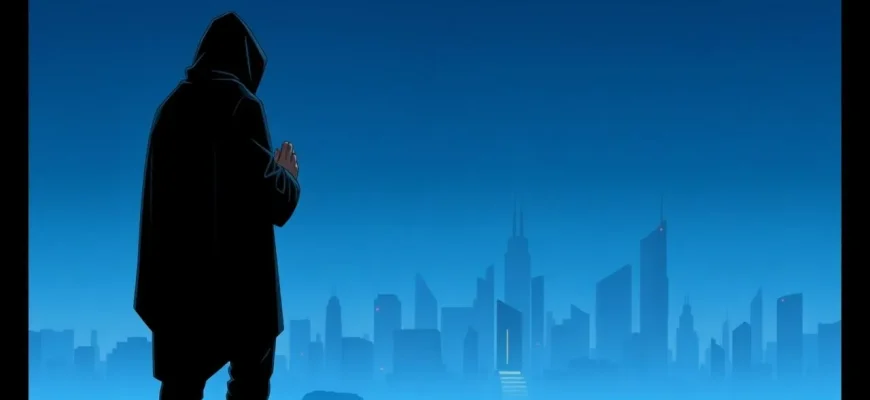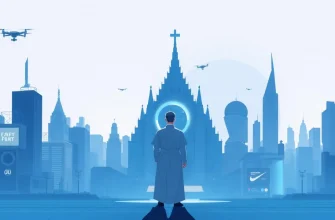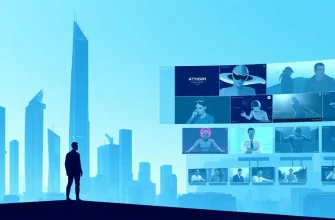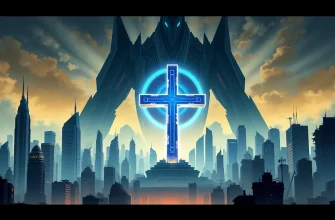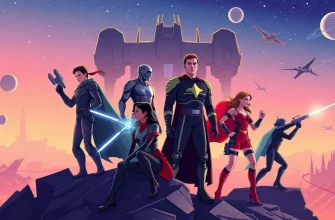In the realm of science fiction, the figure of the prophet often emerges as a central character, guiding humanity through the perils of the future or warning of impending doom. These films not only entertain but also delve into philosophical questions about destiny, free will, and the nature of time itself. Here's a collection of 10 sci-fi films where prophets play a pivotal role, offering viewers a blend of futuristic settings, moral dilemmas, and thought-provoking narratives.
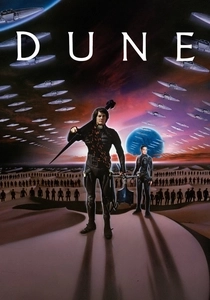
Dune (1984)
Description: Paul Atreides, a young man with prophetic visions, leads a rebellion on the desert planet Arrakis, the only source of the "spice" that extends human life and consciousness.
Fact: David Lynch's adaptation of Frank Herbert's epic novel was a commercial and critical disappointment at the time but has since gained a cult following.
 Watch Now
Watch Now 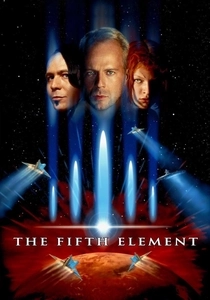
The Fifth Element (1997)
Description: In a futuristic world, a cab driver named Korben Dallas becomes involved with a mysterious woman, Leeloo, who holds the key to stopping an evil force. Her existence is prophesied to save the universe.
Fact: The film features a cameo by Jean-Paul Gaultier, who designed the costumes, and the character of Leeloo was inspired by a dream Luc Besson had as a teenager.
 Watch Now
Watch Now 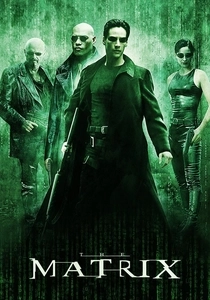
The Matrix (1999)
Description: Neo, a hacker, discovers he's living in a simulated reality controlled by sentient machines. Morpheus, a prophet-like figure, offers him the choice to either remain in the Matrix or join the resistance to free humanity.
Fact: The film's iconic "bullet time" effect was groundbreaking at the time, and the Wachowskis drew inspiration from various philosophical and religious texts.
 Watch Now
Watch Now 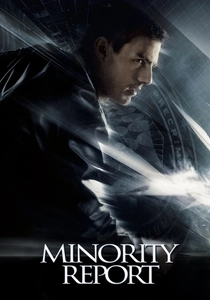
Minority Report (2002)
Description: Set in a future where crimes are predicted and prevented before they happen, the film explores the life of John Anderton, a PreCrime captain, who becomes a fugitive after being accused of a future murder.
Fact: The film's concept of precognition was inspired by Philip K. Dick's short story, and Steven Spielberg used real-time face recognition technology for the film's futuristic setting.
 Watch Now
Watch Now 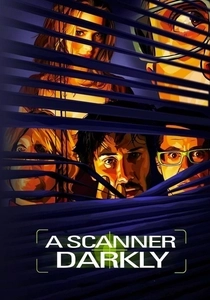
A Scanner Darkly (2006)
Description: In a dystopian future, an undercover cop, Bob Arctor, becomes addicted to a drug called Substance D, which alters his perception of reality. His visions and experiences can be seen as prophetic warnings.
Fact: The film uses rotoscoping, a technique where live-action footage is traced over to create an animated effect, giving it a unique visual style.
 Watch Now
Watch Now 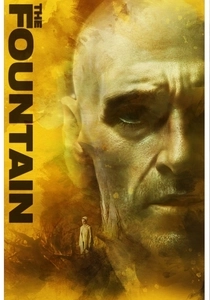
The Fountain (2006)
Description: Spanning over a thousand years, this film intertwines three stories, one of which involves a conquistador searching for the Tree of Life, guided by a Mayan queen's prophecy.
Fact: Darren Aronofsky originally conceived the film as a trilogy, but it was condensed into a single narrative due to budget constraints.
 Watch Now
Watch Now 
The Book of Eli (2010)
Description: In a post-apocalyptic world, Eli, a lone wanderer, carries a book that holds the key to humanity's survival, guided by a divine vision.
Fact: The film's ending reveals the book Eli has been protecting is actually the Bible, and the entire journey was part of a divine plan.
 Watch Now
Watch Now 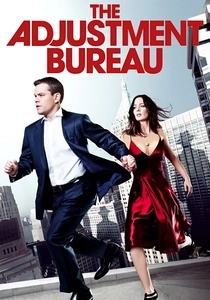
The Adjustment Bureau (2011)
Description: David Norris, a politician, discovers that his life is being controlled by a mysterious group called The Adjustment Bureau, who claim to follow a plan set by "The Chairman," a figure akin to a divine prophet.
Fact: The film is loosely based on Philip K. Dick's short story "Adjustment Team," and the Bureau's headquarters was filmed in the New York Public Library.
 Watch Now
Watch Now 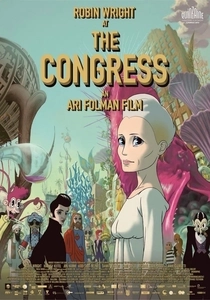
The Congress (2013)
Description: An aging actress signs a contract allowing a studio to digitize her image for use in films. Her journey into a surreal animated world reflects on the future of cinema and the prophetic nature of art.
Fact: The film is based on Stanislaw Lem's novel "The Futurological Congress" and combines live-action with animation.
 Watch Now
Watch Now 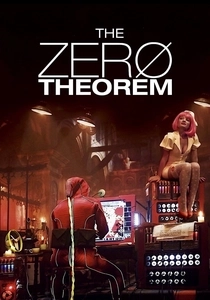
The Zero Theorem (2013)
Description: Qohen Leth, a reclusive computer programmer, works on a formula to prove the meaninglessness of life, guided by visions and a mysterious entity known as "Management."
Fact: The film was inspired by Terry Gilliam's own experiences with bureaucracy and features a cameo by Matt Damon.
 Watch Now
Watch Now 
